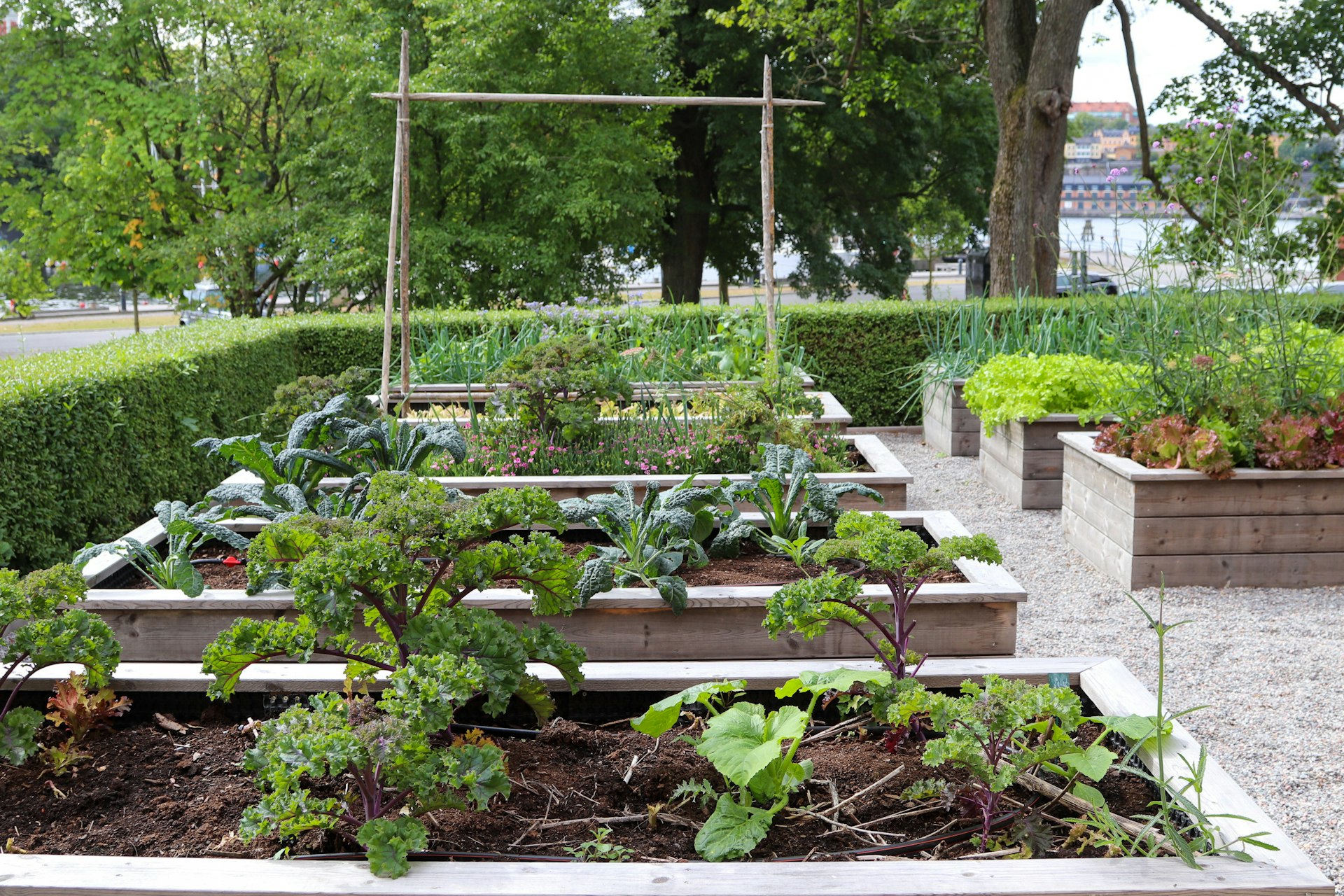Rediscover Balance: Building a Lifestyle Reconnected with Nature

Photo by Anshul on Unsplash
Introduction: The Value of Reconnecting with Nature
Modern life often keeps us indoors, tethered to screens and routines that disconnect us from the natural world. Yet, mounting scientific evidence shows that reconnecting with nature can dramatically improve both mental and physical health. Embracing a lifestyle that integrates more time outdoors is not just a trend-it’s a proven path to greater well-being, resilience, and joy [1] .
The Science-Backed Benefits of a Nature-Connected Lifestyle
Spending time in nature yields measurable improvements in health and quality of life. Key benefits include:
- Enhanced Mental Health : Regular contact with natural environments reduces stress, anxiety, and symptoms of depression. Research demonstrates that even 20 minutes in a park or garden can significantly boost mood and overall happiness [1] [5] .
- Improved Physical Health : Nature exposure lowers blood pressure, supports heart health, and helps prevent chronic diseases like obesity, diabetes, and cardiovascular disorders [1] [3] .
- Better Sleep Quality : Access to natural light and fresh air helps regulate your body’s circadian rhythm, leading to deeper, more restful sleep [3] [4] .
- Increased Cognitive Function : Regular time outdoors enhances focus, creativity, and problem-solving ability, especially in children and young adults [3] .
Everyday Strategies for Reconnecting with Nature
Incorporating nature into daily routines is practical and accessible for most people. Consider these approaches:
1. Daily Walks and Micro-Adventures
Short walks in a local park or green space-even 20 minutes a day-can yield notable health benefits. For those with limited access to parks, tree-lined sidewalks or community gardens are valuable alternatives. Weekend getaways to nature preserves, forests, or beaches can provide deeper immersion [2] .
Implementation: Choose a time each day for a walk-before work, during lunch, or in the evening. Map out safe, green routes using local resources or community guides. If possible, plan monthly excursions to larger natural areas.
2. Gardening and Green Hobbies
Gardening, whether on a windowsill, balcony, or backyard, offers a direct connection with the earth. It fosters mindfulness and provides ongoing contact with living plants. If gardening space is unavailable, consider joining a community garden or participating in urban farming initiatives [2] .
Implementation: Start with hardy indoor plants or herbs. Seek out local gardening clubs or cooperative gardens. Many cities have directories of community plots; searching “community garden near me” along with your city name can help identify options.
3. Outdoor Physical Activities
Exercise in natural environments is associated with greater motivation and enjoyment than indoor workouts. Activities such as hiking, biking, kayaking, or even yoga in the park can increase fitness while also reducing stress [2] [4] .
Implementation: Identify local trails, bike paths, or waterways through your city or county parks department. Many regional park systems maintain up-to-date trail maps and activity guides. Consider inviting friends or joining local outdoor activity groups for added motivation.
4. Mindfulness and Meditation in Nature
Practicing mindfulness outdoors amplifies its benefits. Find a quiet green space, sit comfortably, and focus on the sensory details around you-the sounds, sights, and scents of nature. This practice can foster calm and a deeper sense of presence [2] .

Photo by Emil Totev on Unsplash
Implementation: Start with 5-10 minutes of quiet observation in your chosen outdoor setting. Gradually extend these sessions as comfortable. Mindfulness apps and local meditation groups often offer guidance for practicing in natural environments.
5. Volunteering for Conservation
Active participation in local environmental projects-such as tree planting, clean-ups, or wildlife monitoring-strengthens your connection to nature and supports community well-being. These activities can also foster social connections and a sense of purpose [2] .
Implementation: Search for local conservation organizations or municipal environmental programs. Many offer regular opportunities to volunteer. If in doubt, contact your city or county parks department or search for “volunteer environmental projects” in your area.
Overcoming Common Barriers
Some individuals face obstacles to accessing nature, such as limited mobility, transportation challenges, or urban environments with few green spaces. While these barriers are real, several alternatives can help:
- Virtual Nature Experiences : Viewing high-quality nature videos or listening to recordings of natural sounds can lower stress levels and improve mood, though to a lesser extent than direct nature exposure.
- Indoor Plants and Green Decor : Incorporating living plants or nature-inspired decor at home or work can help bring elements of nature into daily life.
- Community Advocacy : Many neighborhoods have organizations working to expand green spaces. You can participate in or advocate for local initiatives to create or improve parks, trails, and community gardens.
For those with health limitations, consult with a healthcare provider to identify safe and appropriate ways to increase exposure to nature.
Nature Connection and Children: Building Lifelong Habits
Research shows that children who grow up with access to green spaces have lower risks of developing mental health disorders later in life. Outdoor play supports cognitive and emotional growth, fosters creativity, and builds social skills [4] . Parents and caregivers can encourage these benefits by organizing family outings, nature scavenger hunts, or gardening projects at home. Schools may also offer outdoor education programs; inquire with your child’s school or district about available nature-based learning opportunities.
Building a Lasting Nature-Connected Lifestyle
Consistency is key to realizing the full benefits of a nature-connected lifestyle. Here are some tips to maintain your connection:
- Set Regular Nature Goals : Schedule weekly outings or daily walks and treat them as essential appointments.
- Track Your Progress : Journaling about your experiences or using wellness apps can help monitor improvements in mood, energy, and overall health.
- Engage Socially : Nature activities can be more rewarding when shared with friends, family, or community groups.
With mindful planning, even individuals in dense urban settings or with busy schedules can find ways to reconnect with the natural world and experience its profound benefits.
Accessing Resources and Support
If you need help getting started, you can:
- Contact your city or county parks and recreation department for maps, activity guides, and community events.
- Search for “nature clubs” or “outdoor activity groups” in your area for group outings and support.
- Ask your healthcare provider about nature-based wellness recommendations, especially if managing chronic health conditions.
- For families, inquire with local schools about outdoor education or environmental clubs.
While many reputable organizations offer resources online, always verify the source. For community gardens, environmental volunteering, or outdoor groups, use official city, county, or established nonprofit websites. If you are ever unsure about how to get involved, local community centers and libraries often have bulletin boards or staff who can guide you to reliable opportunities.
References
- [1] NESTA Certified (2024). Proven Health Benefits of Reconnecting with Nature.
- [2] Prism Medical (2024). Reconnecting with Nature: The Joys and Benefits of Getting Back to the Great Outdoors.
- [3] UCLA Health (2023). 7 health benefits of spending time in nature.
- [4] UC Davis Health (2023). 3 ways getting outside into nature helps improve your health.
- [5] Mental Health Foundation (2023). Nature: How connecting with nature benefits our mental health.
MORE FROM cheerdeal.com













